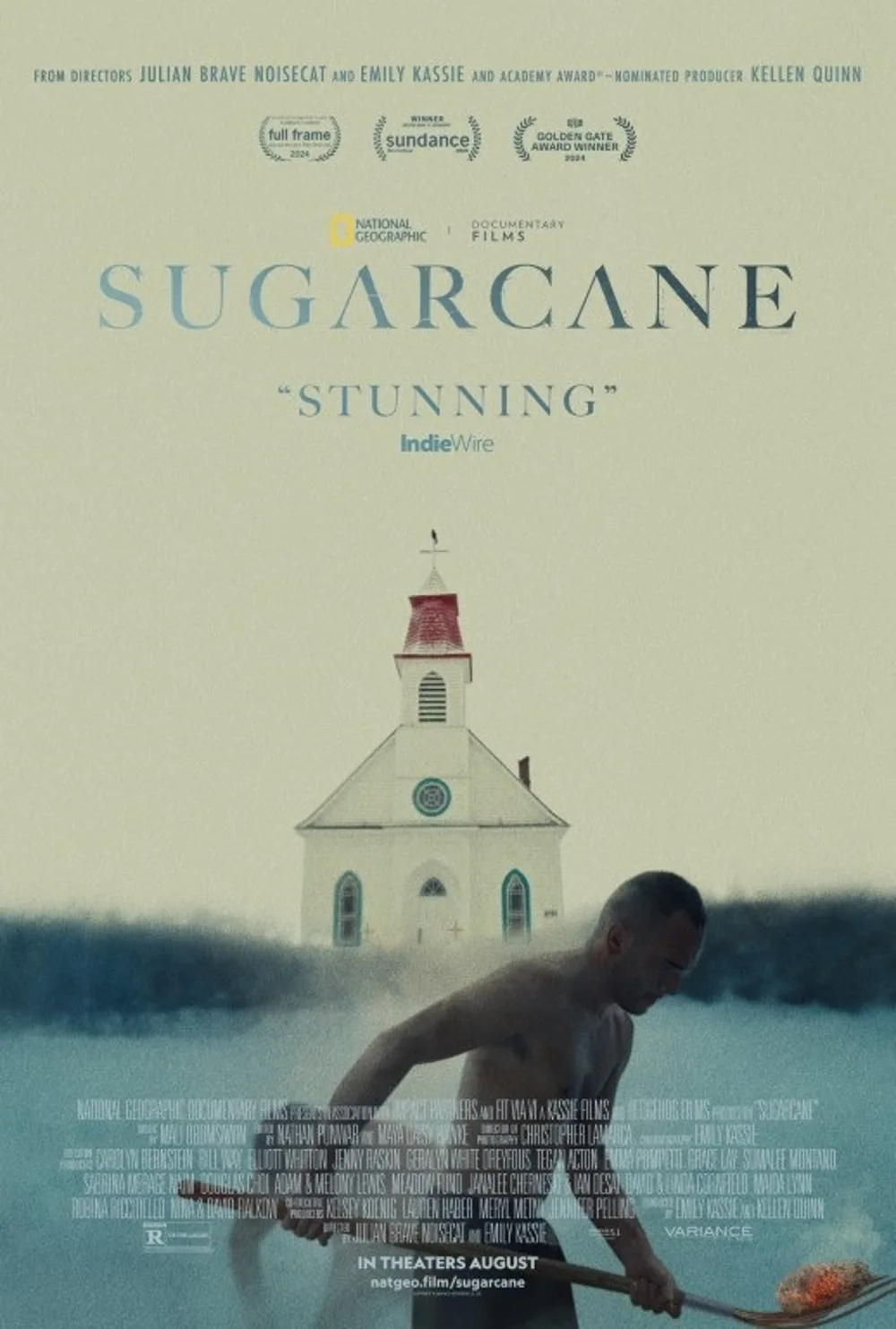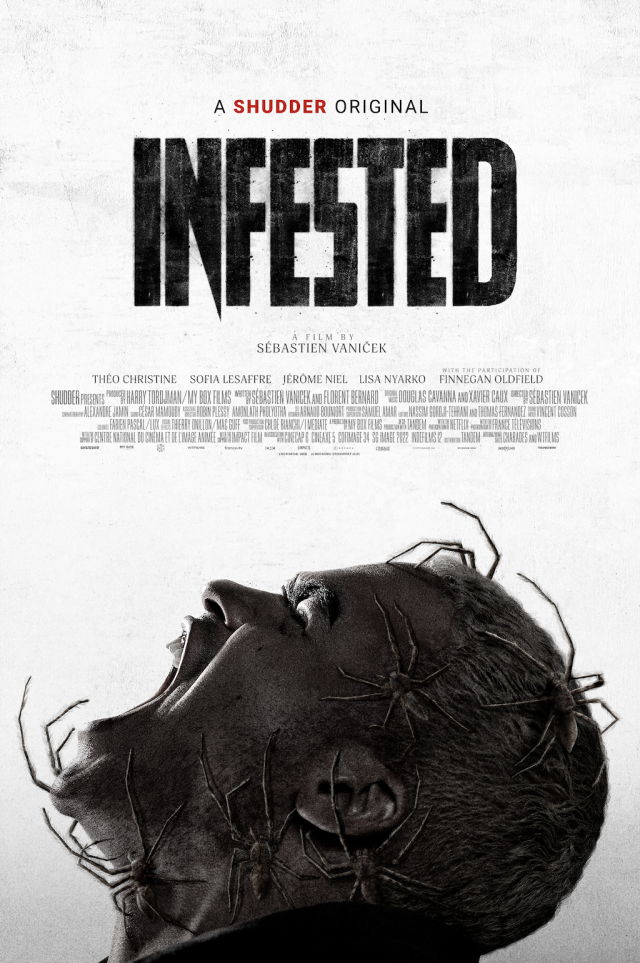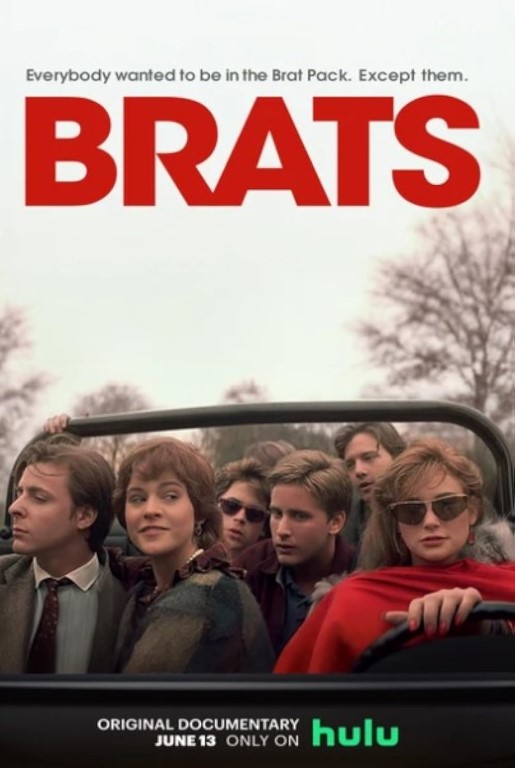At this moment, you’re likely floating in the Nowhere Stream. There’s no telling how long you’ve been there. Maybe minutes, maybe hours. Maybe longer than you’d care to admit. The Nowhere Stream offers so much comfort and so much promise; it’s no wonder we’re all floating in its cool waters, happily content to go where it leads us, blissfully unaware of an alternative reality that couldn’t possibly offer as much satisfaction. Romantic connections, spiritual enlightenment, and a simple place to get “help” are all at one’s fingertips in the Nowhere Stream.
Okay, it’s the internet. You knew that. The short film “Nowhere Stream,” Luis Grané’s animated meditation on emptiness and tech-based consumption, is a wordless odyssey through the inner workings of online life that manifests itself through the concrete spillways of the Los Angeles River. Little baby doll heads float along in this setting with seemingly no destination. Our main character, a nameless, featureless being who gets sucked into this vortex of curiosity and abandonment, types away at his keyboard as it slowly transforms into a watery mess and eventually a gooey strawberry waffle.
Where is this going? That’s for you to decide, but I assure you there is an ending. I also mean that as an extension of the film’s theme. There is an end to your Nowhere Stream, but it’s for you to decide to end it. What then? What if you lost everything on your computer right now? Most of us would freak out over losing at least some portions of it (there’s always the Cloud). But maybe some of us would take it as a sign that we need to start looking around at our physical surroundings to get out of the concrete barrier surrounding the river and look at the river itself. Only then can we truly be Somewhere.
Grané is also the director of the very funny and wonderful “Carol & the End of the World” on Netflix, a 10-episode series that is well worth your time (think Martha from “Baskets” living in a post-apocalyptic world and finding comfort in office work). His designs in this film favor sparse textures over painstaking detail, while the keyboard itself has an unsettling narrative and look of its own. “Nowhere Stream” is a 7-minute dream that maybe we all have at night, but maybe never realize or remember when we wake up in the morning.

How did you dream this up?
Throughout the pandemic, I spent a lot of time (most of the time) in front of the computer. While the primary purpose was work-related, I also sought entertainment, distractions, and even culinary inspiration through online searches. It felt as though our entire existence was submerged in that glowing surface. Inspired by this immersion, I began conceptualizing a character who sought answers to life’s questions exclusively online. Collaborating with my producer, Tomas Basile, we worked on this idea that ultimately evolved into our short film.
One of your settings is the very familiar strip of concrete–the spillways of the Los Angeles River. Is that a meaningful location for you personally?
I really love the LA River; it is monstrous and delicate at the same time and, like Mike Davis describes it in his book “City of Quartz,” like a movie set. Not only because many films were shot there, but I also think the concrete structure they built around it to control it created an unintended movie set from the beginning. In addition to Davis’s work, I got inspiration from my work on the Netflix show “City of Ghosts,” where I had the opportunity to do research and talk to the Tongva people, the original inhabitants of the land. The experience was enriching and stimulating.
After watching this film, some might say that you prefer a less detailed look in your animation compared to those who favor fine-tuning nook and cranny in the frame. Is that accurate?
After dedicating many years to the animation industry, working on features, television, and commercials, I had to develop skills in precision and detail. However, when it comes to my personal endeavors, I try a more spontaneous approach. In this particular short film, I deliberately incorporate a crude animation style, intentionally avoiding intricate details. This stylistic choice adds a raw and authentic quality to the project, allowing for a different expression.
What would you say influences your style or animation?
My animation influences are not really reflected in the short. My artistic influences are abstract and graphic art, artists like Saul Steinberg and Picasso, and art movements like Bauhaus. I should mention that the design for the main character in the short was inspired by the “Worshipers” Sumerian sculptures of 2900 BCE.
Would you characterize “Nowhere Stream” as a cautionary tale? Or maybe we’re all too busy living the tale that a caution seems pointless by now.
A cautionary tale could sound preachy. I guess I’m telling what many people have already said, but in my own style and with my own tools. I don’t think I’m saying anything original. Sometimes, originality comes from the way you say things. It’s like if you say, “Eat healthy, exercise, and meditate.” You could say that in many ways, some more effective than others, some funnier than others. I really don’t want to leave a moral or advice for anybody.
What’s next for you?
I’m working on an adult animation series for Netflix, recently collaborated on a projection mapping project for USC called “Visions and Voices,” and am working on my next short.












